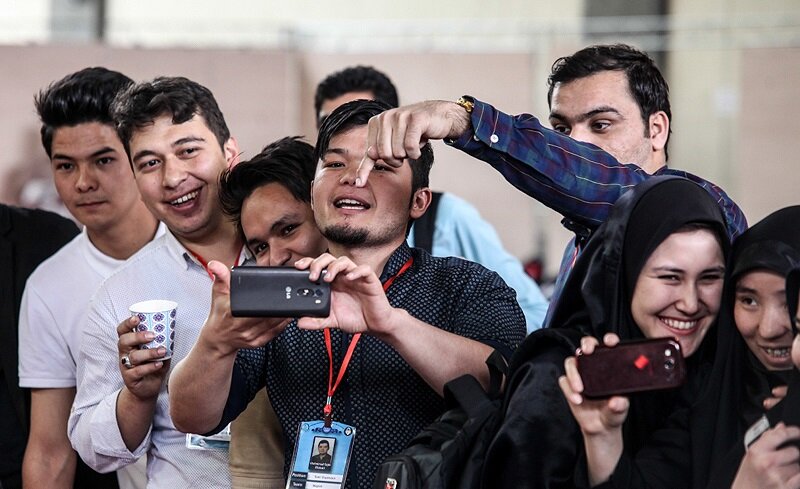INSUBCONTINENT EXCLUSIVE:
So that the literacy rate of Afghan immigrants in Iran is higher than the number of literate people in Afghanistan, according to a report
published in June by the research center of the Iranian Parliament (Majlis).According to the Population and Housing Census of the National
Statistics Center in 2016, the population of refugees officially residing in Iran was 1.654, of which Afghan, Iraqi and Pakistani immigrants
constitute the majority of international immigrants
In fact, 95 percent of the immigrants in Iran are "Afghan", 2 percent are "Iraqi" and about 1 percent are "Pakistani".The research center of
the Iranian Parliament, in a report published in June, addressed the issue of the education of immigrant children.Some 527,000 foreign
percent of the first generation of refugees who entered Iran in the early 1980s were literate before arriving, which has now reached 64
In the early 2010s, the literacy rate among refugees was about 52 percent, but by the end of the 2010s, it had risen to 64 percent.The
literacy rate is much higher in the second and third generations of immigrants
Some 76 percent of Afghan youth aged 15 to 29 in Iran are literate.The literacy rate of Afghan immigrants living in Iran is higher than the
number of literate people in Afghanistan itself
So that the literacy rate of the second generation of Afghan immigrants in Iran is much closer to the literacy rate of Iranians.In the last
academic year (September 2020- September 2021), out of the total number of non-Iranian students, 1610 are preschoolers, 335,963 students are
in the first and second elementary school, 104,458 were in the first year of junior high school, and 55,590 in the second year of junior
One-third of enrolled students are undocumented and illegal residents.The educational situation of refugee children, especially Afghans, has
always been facing contradictory policies over the past decades
This issue has been particularly affected by the confusion of citizenship policies in Iran, and because of this turmoil, many children have
been denied the right to education.Leader of the Islamic Revolution Ayatollah Seyyed Ali Khamenei has placed special emphasis on "covering
the education of foreign nationals" and this enabled these students to enjoy educational facilities and services just like Iranian
students.Half a million foreign studentsSome 527,000 foreign students are studying in Iran, the majority are Afghans and the rest are from
Bangladesh, Pakistan, Iraq, and other countries, Abolfazl Kamali, the deputy minister of education for international affairs and schools
abroad, stated.There are also 22 special schools for foreign nationals across the country, educating 10,000 foreign students.Many of the
refugees living in Iran are the second and third generation, according to the UNHCR.Iran spends about 20 trillion rials (nearly $77 million)
every year on the education of foreign national students residing in the country, head of the international affairs department of the
Ministry of Education Gholamreza Karimi said in March 2020.In April, Mohammad Javad Salmanpour, the deputy head of the Organization for
Student Affairs, said twenty-five percent of the foreign students studying in Iranian universities are Afghan nationals.Afghan students
receive admission from universities that have non-Iranian student licenses
The third group also attended the country's universities through scholarships, he explained.Many of the Afghan students are studying

